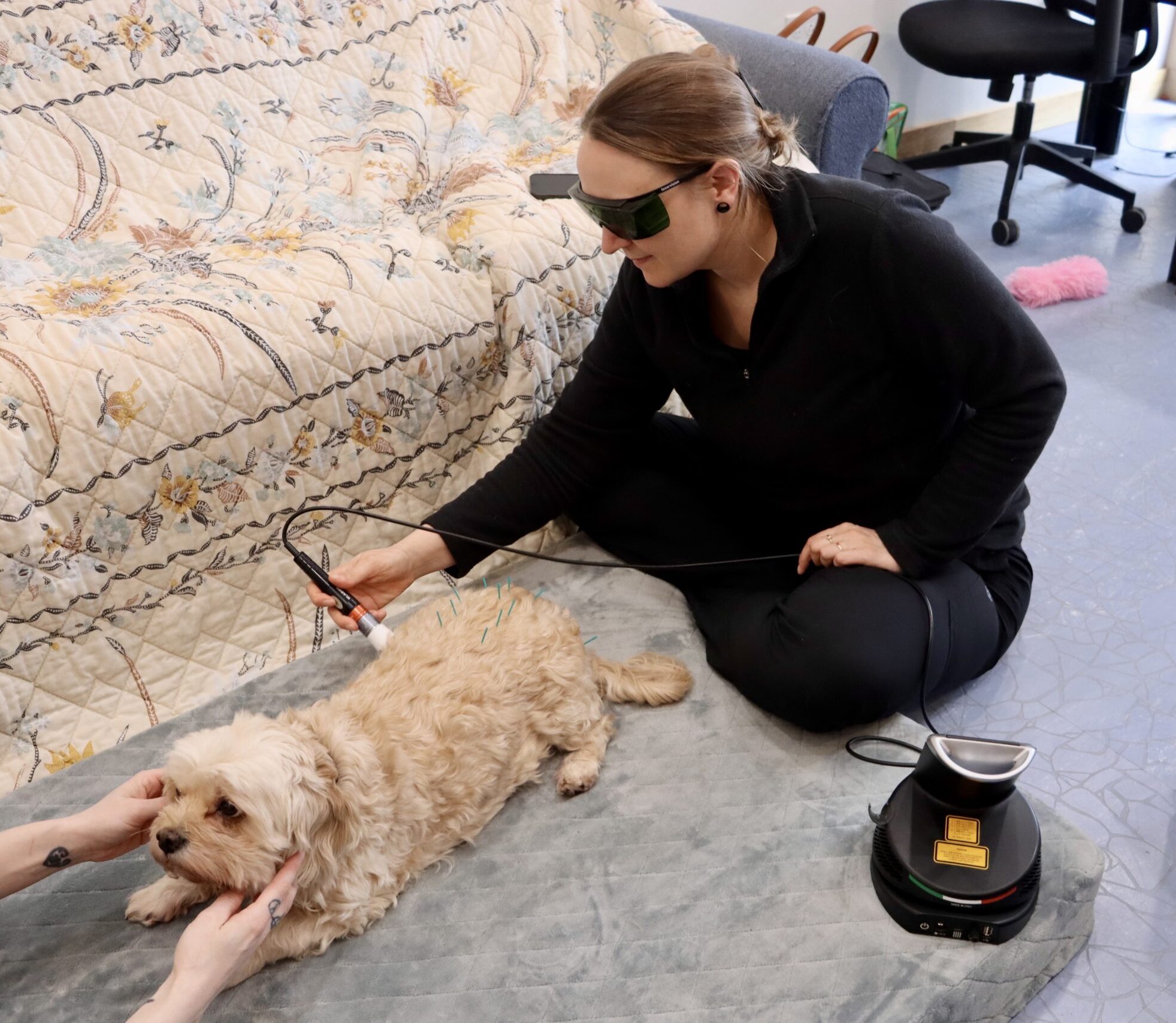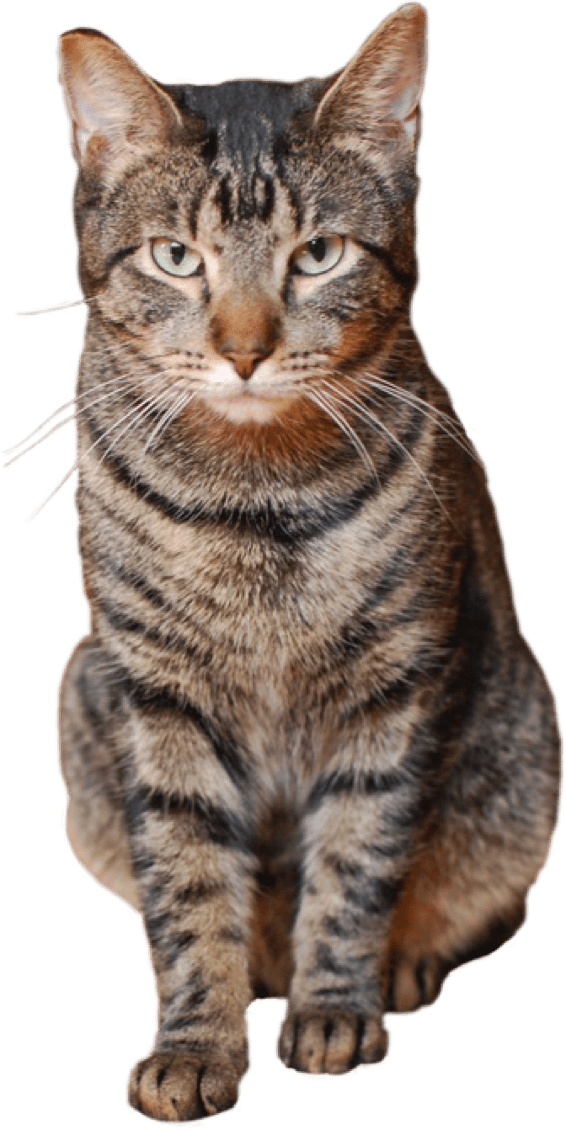

Home » The Max Memorial Clinic
The clinic consists of an office for Dr. Christine as well as a treatment room equipped with a small laboratory, including blood work machines to run a lot of our bloodwork right in house. There is also a dedicated surgery room and a dental room. All of this was made possible by donations. We hope to expand our diagnostic capabilities in the future with an x-ray machine and other things on our growing wish list. The more we can do right here on the farm, the better it is for the animals. But it also allows us to help others in an emergency as well.
Dr. Christine does offer services to the general public. She offers Acupuncture/Laser Therapy, and Hospice/Palliative care. You can learn more about these services on our Available Veterinary Services Page.

